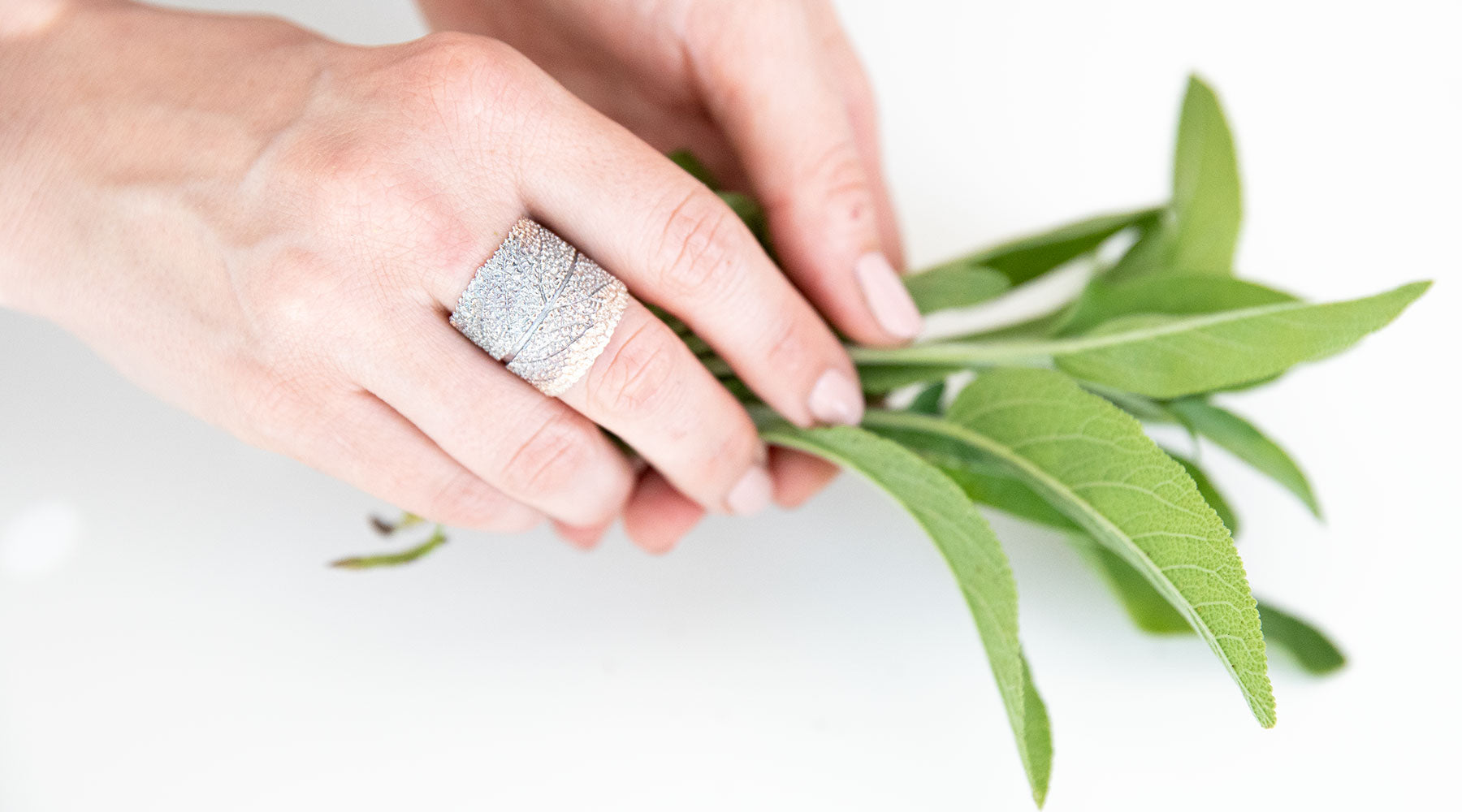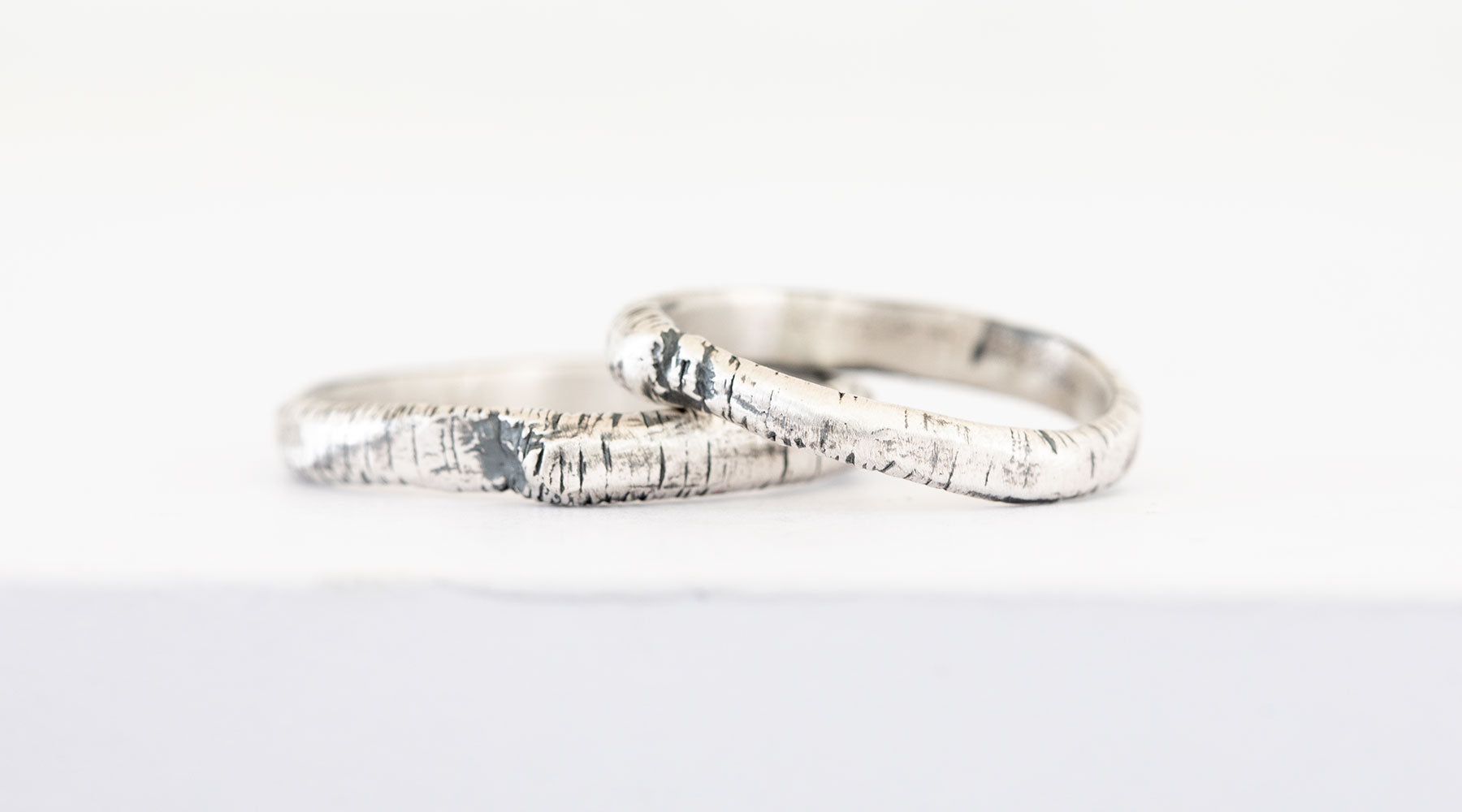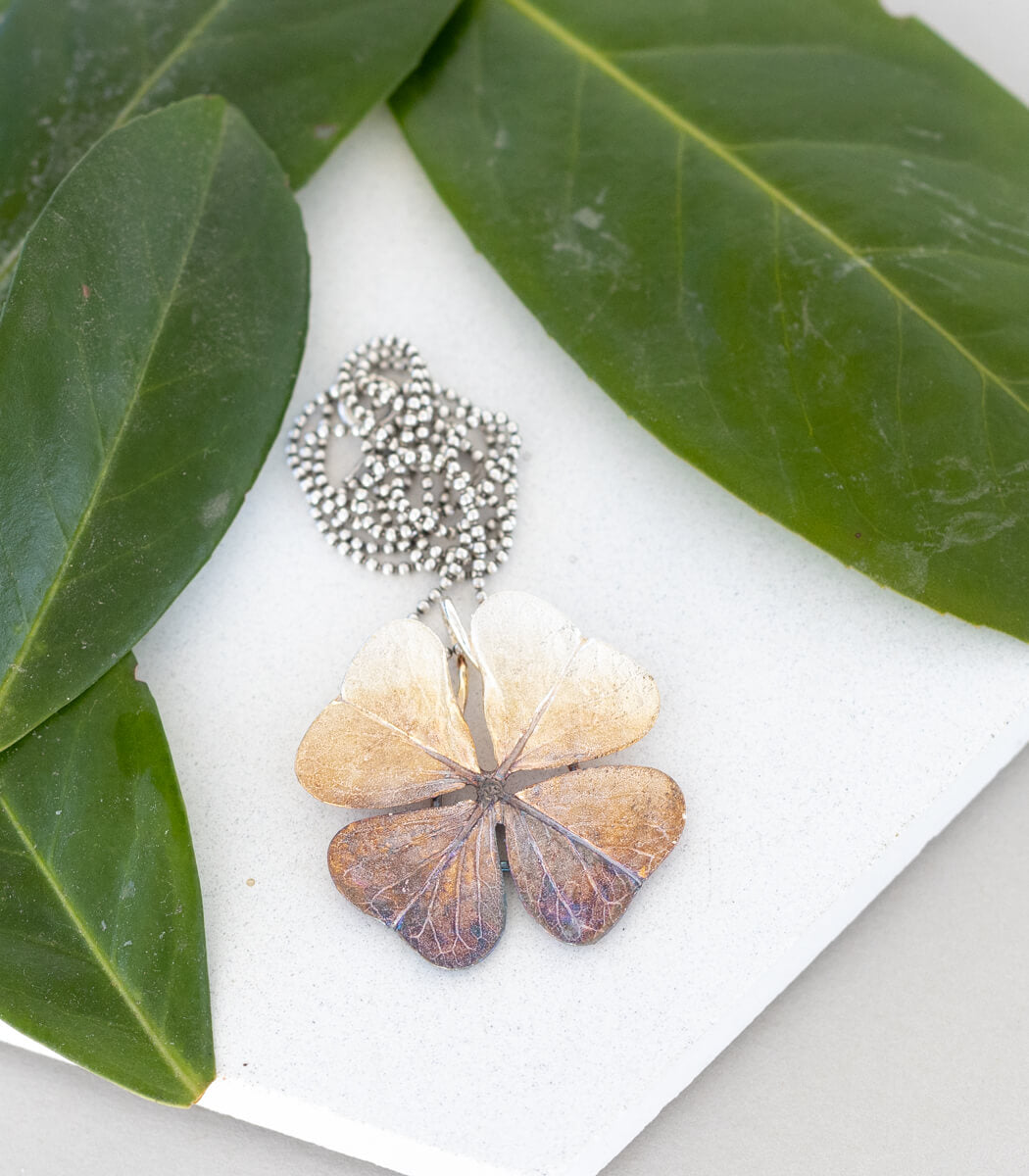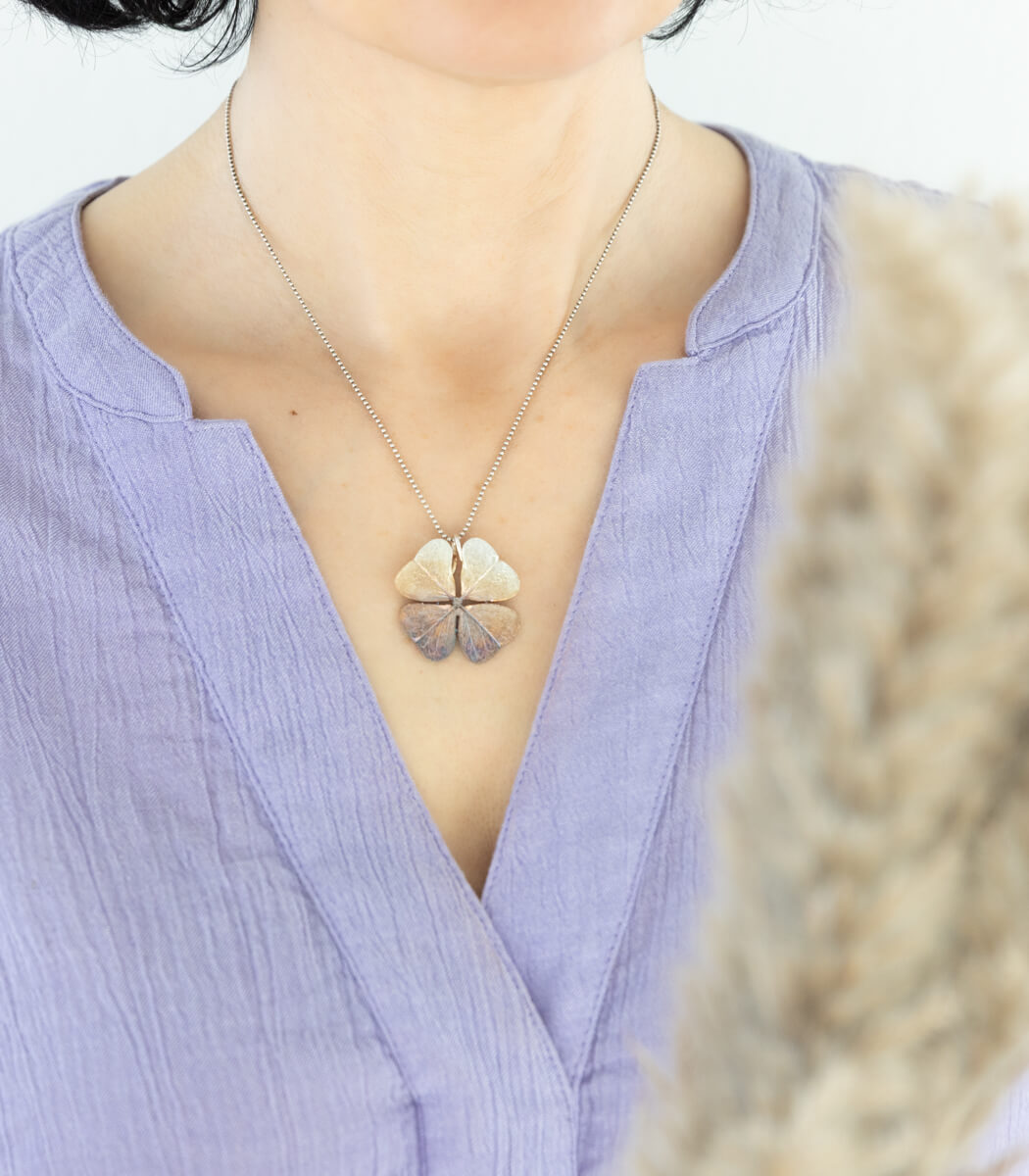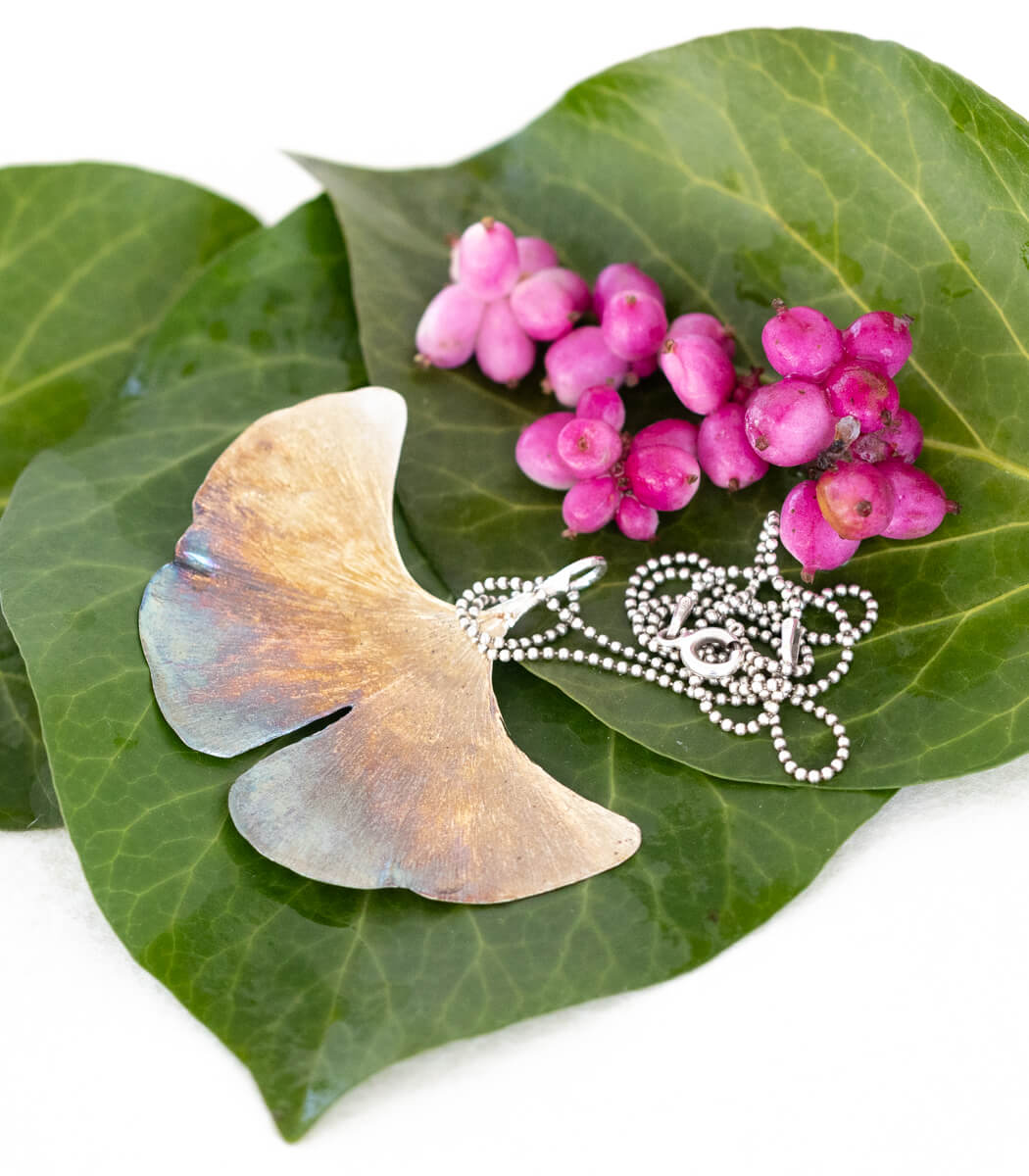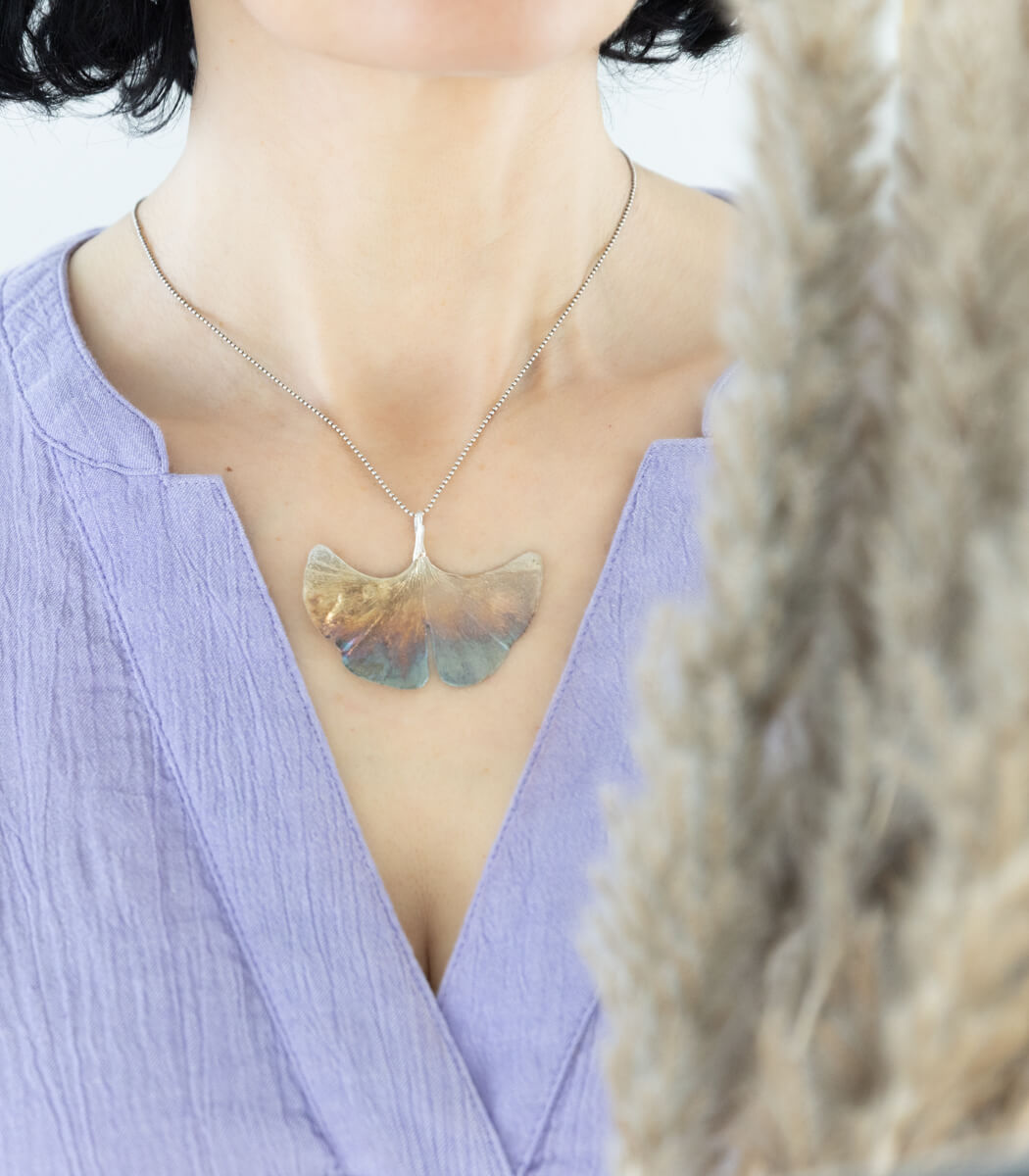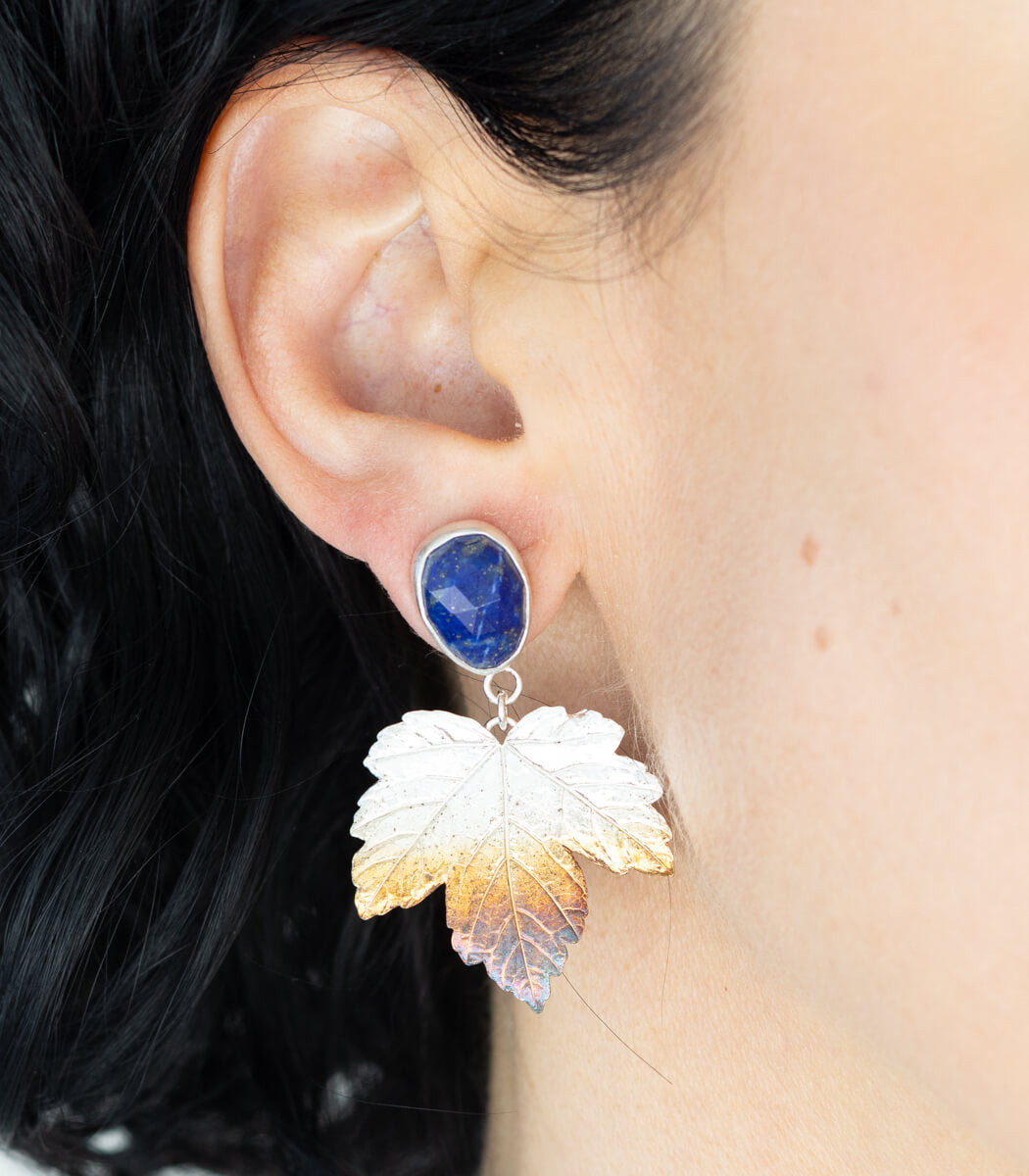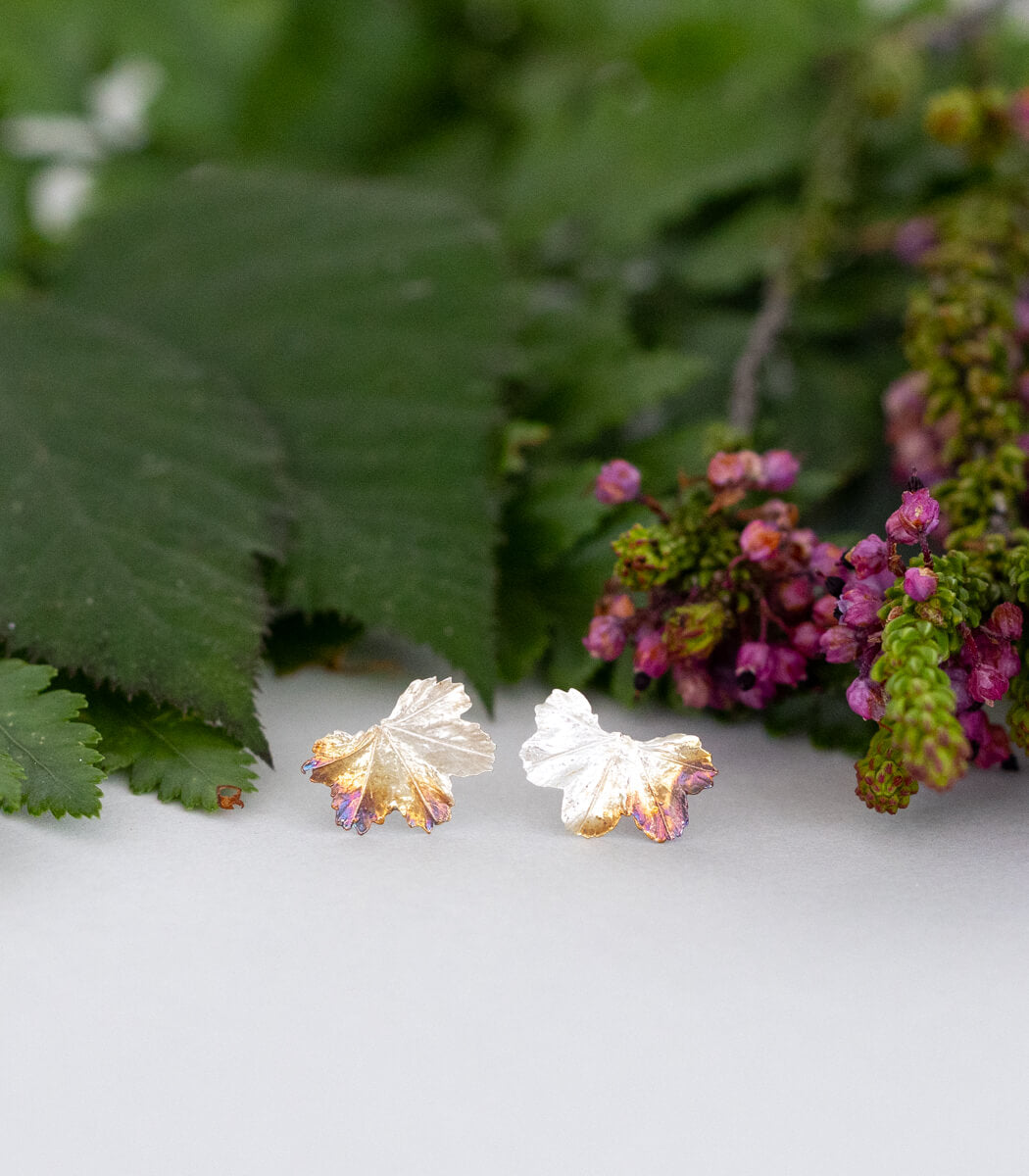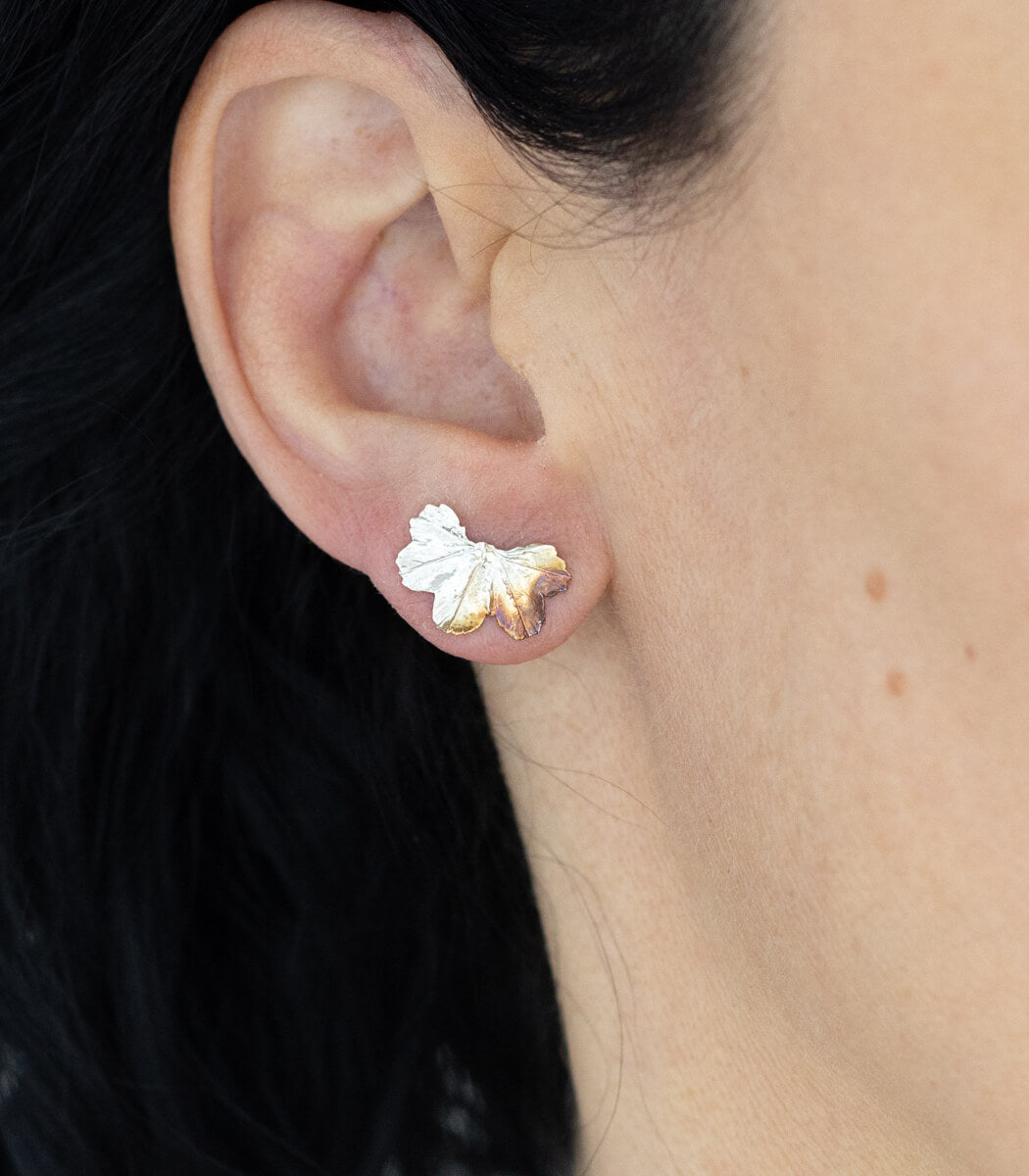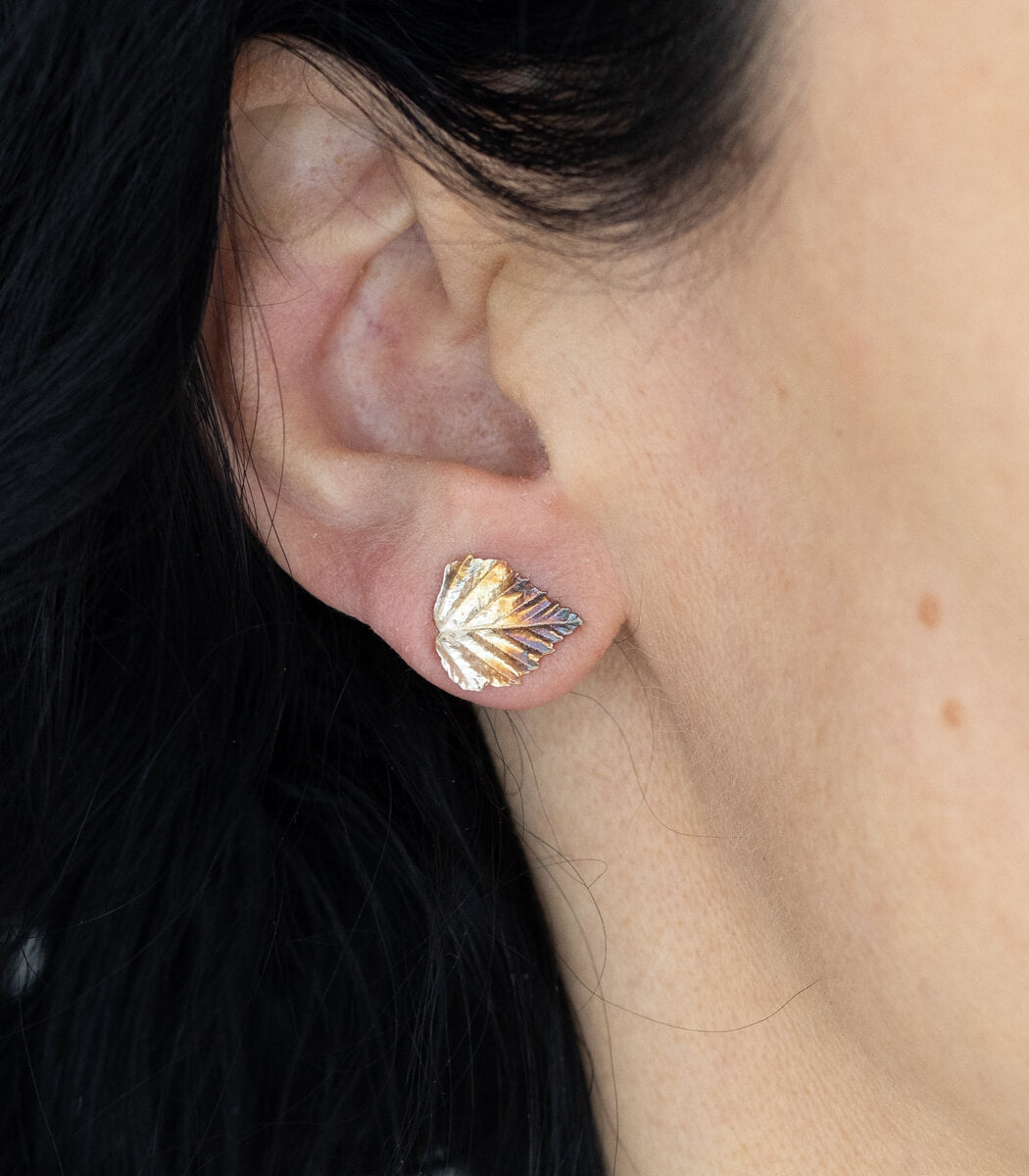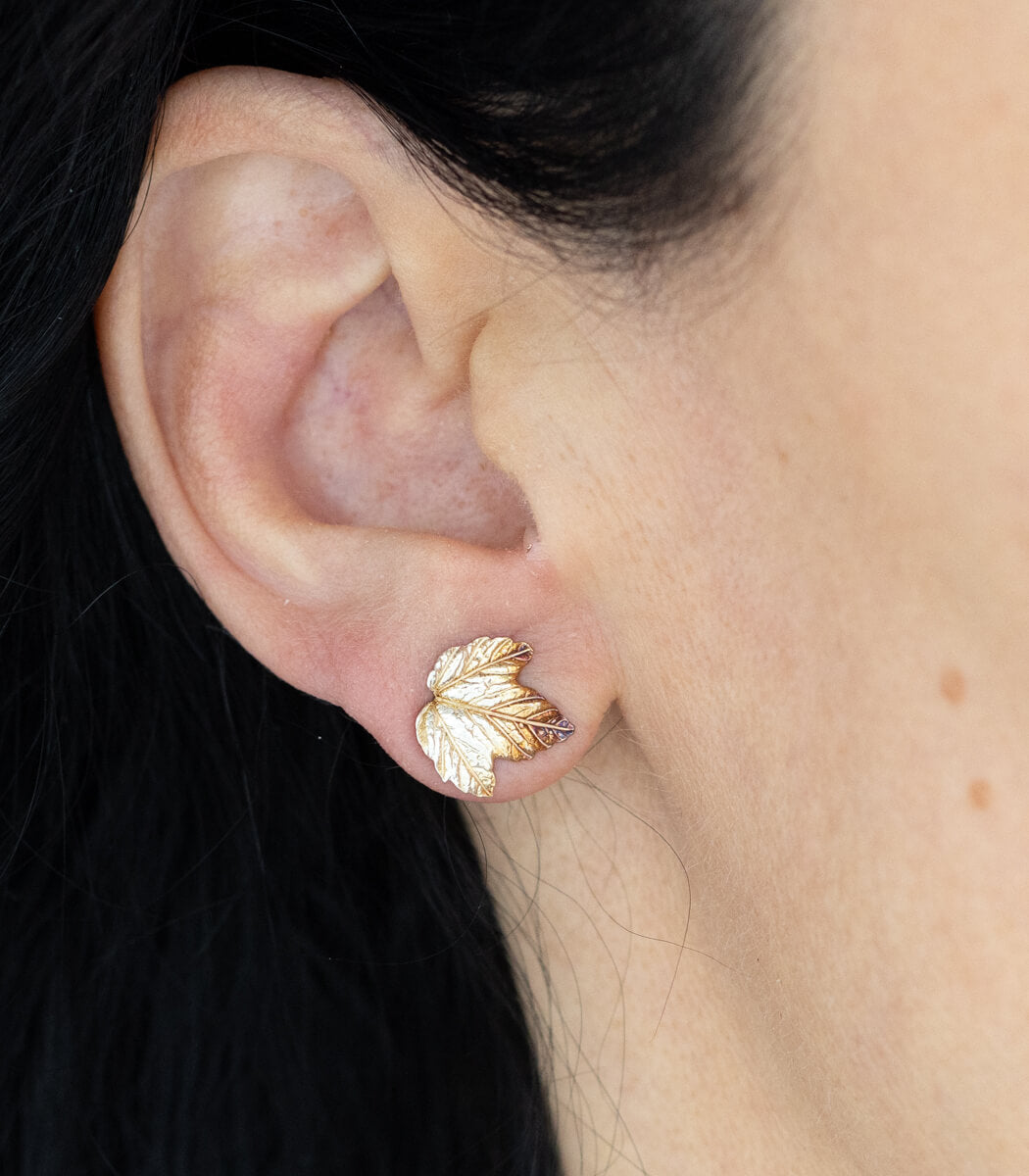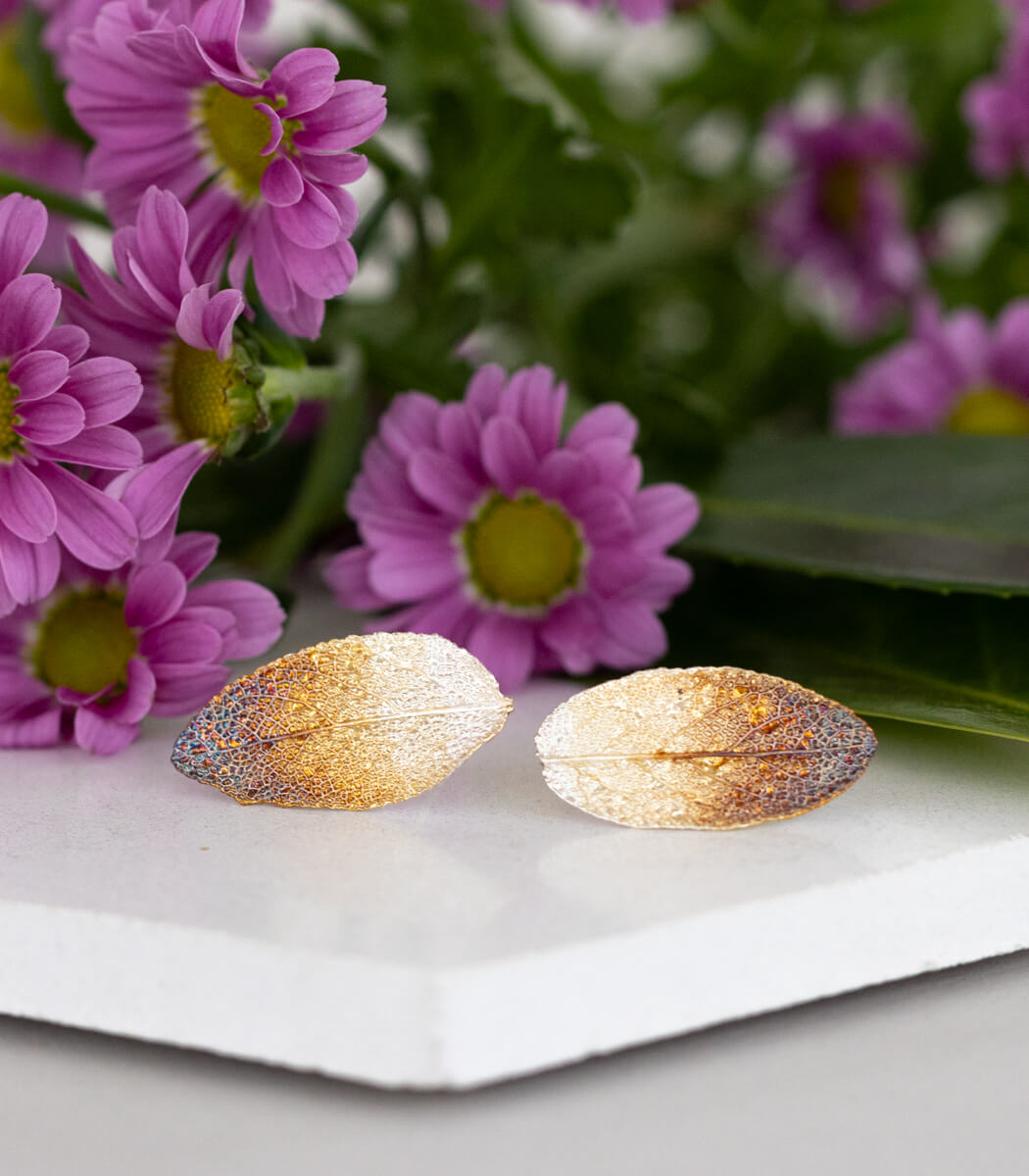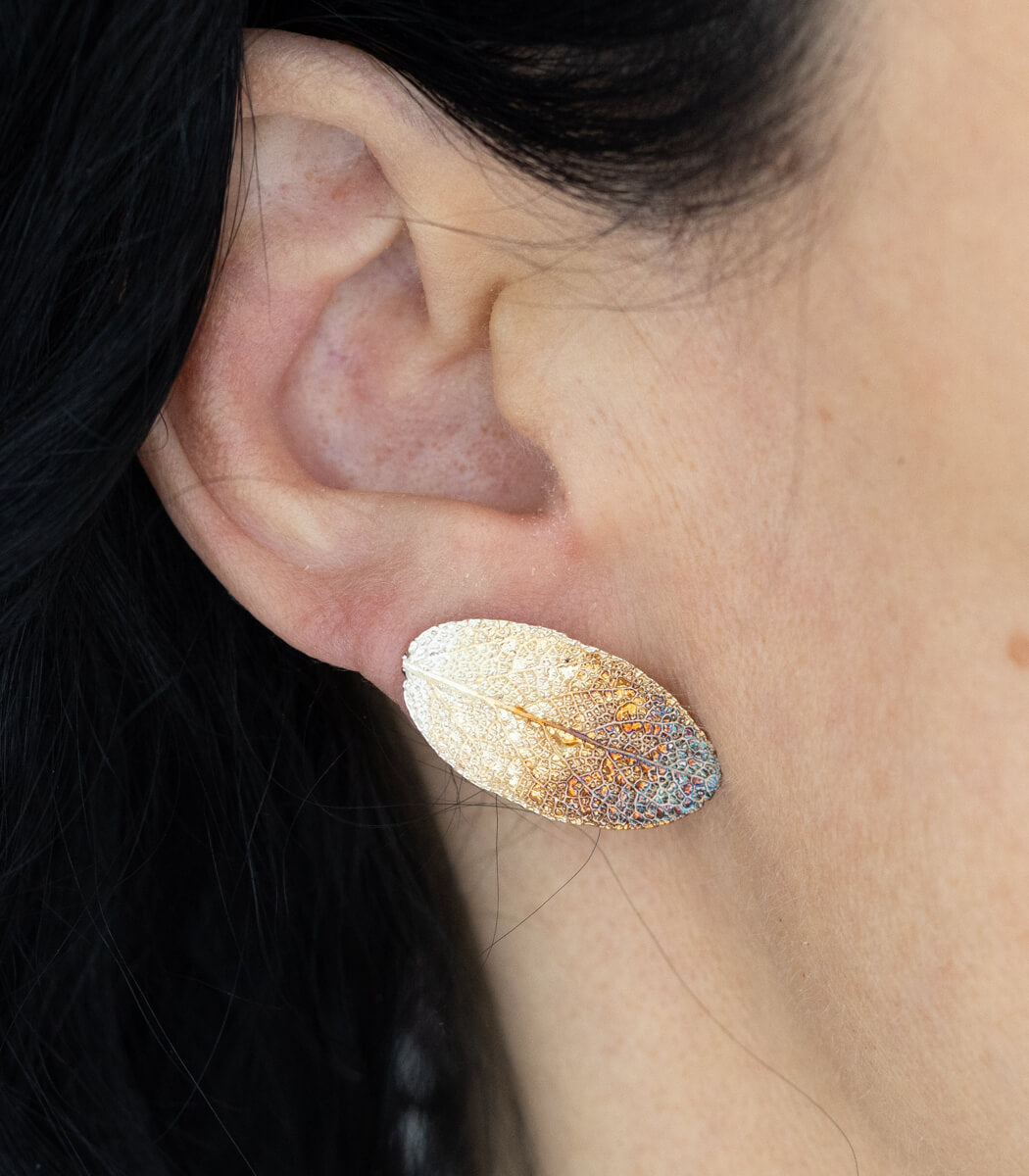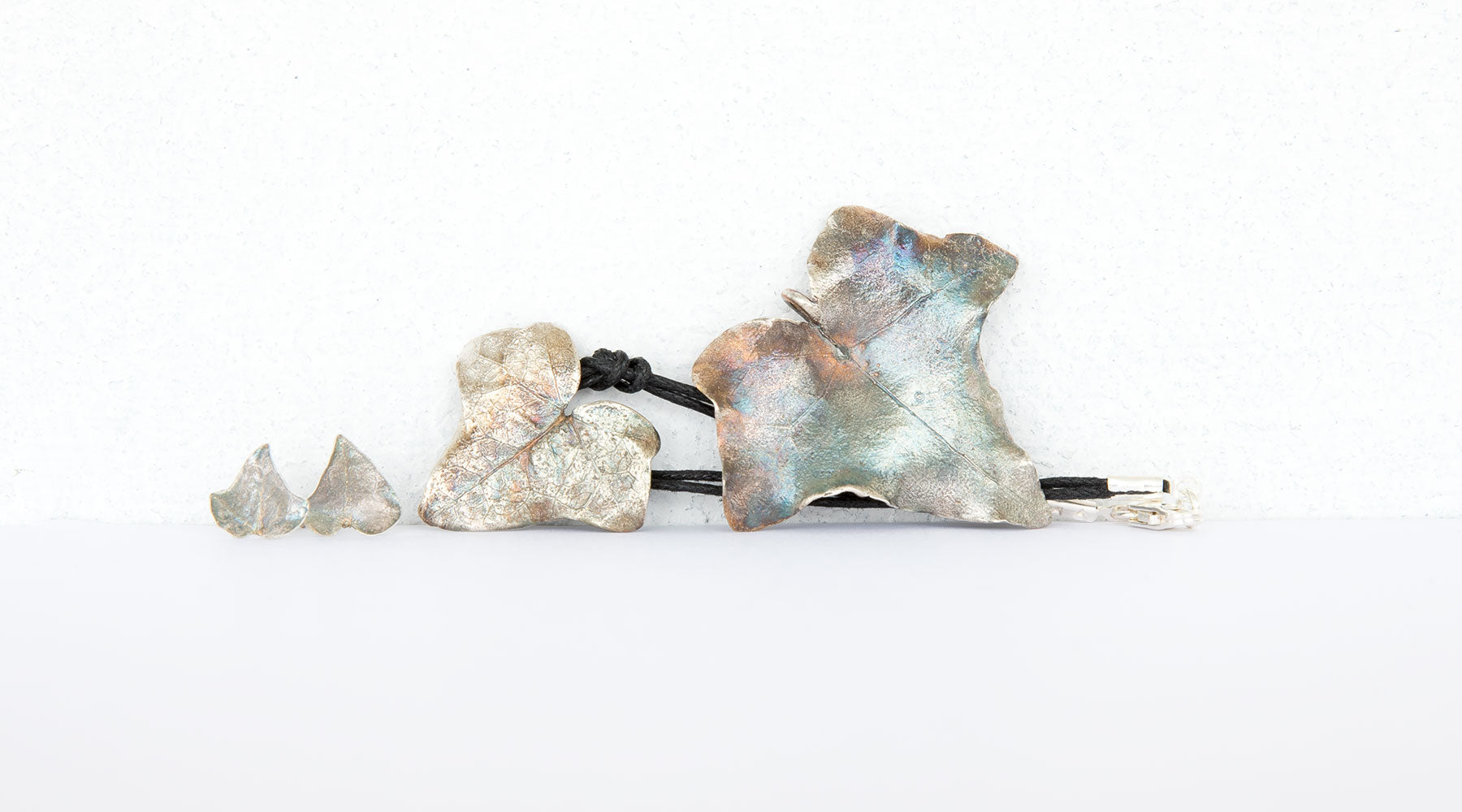
What you should know about the ivy leaf
The ivy leaf is a true wonder
We are all familiar with ivy, but it is rarely really popular. It climbs everywhere, even where we don't want it. It damages house walls and almost suffocates trees.
But it can also be a real blessing.
It can work wonders, especially for coughs, colds and respiratory infections. Ivy has a liquefying effect and relaxes the bronchial muscles, making it easier for you to cough. This makes coughing much easier and more relaxed. It is also used for acute and chronic inflammations.
The ivy leaf and its effects
The Latin name for ivy is hedera helix and sounds so much nicer and more fitting for this beautiful leaf in a rich green tone.
In ancient times, the ivy leaf had several meanings.
Ivy was considered a symbol of eternal loyalty, stood for a long life and was supposed to protect against illness.
But the evergreen medicinal plant also has a long tradition as a cultivated plant in Europe. It stands for eternal life and the immortality of the soul. Of course, it also stands for love and loyalty. In the past, newlyweds received ivy branches as a symbol of their everlasting vow of loyalty. Ivy tendrils made of stone or wood can also be seen on graves and in churches to symbolize eternity.
But the evergreen plant can also be dangerous for us.
Ivy and its risks
Ivy is very widespread in our area and can be found in almost every garden. However, we should be particularly careful with this plant, because even small amounts are enough to cause severe symptoms of poisoning. The fruits of the plant are particularly toxic, but the leaves should not be processed yourself, but only consumed in a product from the pharmacy. The fresh leaves and their juice can cause allergic reactions on the skin.
In 2010, ivy was voted medicinal plant of the year. An award that has been given in Germany since 1999. There are around 400 different varieties of ivy, which differ primarily in their different leaf shapes and colors. In garden cultivation, a distinction is made between two types: ground cover or climbing plant. The climbing plant ivy can grow up to 20 meters high, which is something you should bear in mind when growing it. Ivy prefers semi-shady to shady and also rather moist. The plant loves calcareous and nutrient-rich soil. To trim it and prevent it from spreading too much, you can cut it back in spring. Regularly cutting the shoots results in bushier and denser growth.
Ivy not only has its beautiful Latin name, but also many synonyms: evergreen, Adam's leaves, wintergreen, peacock, treecreeper and many more.
Application examples
In actual fact, it is said that you should not process ivy yourself because of its toxicity. In most cases, this is certainly better, but during my research on the subject of ivy, I came across some very harmless but still funny examples of how to use it.
simple herbal remedy against lice
Ivy is said to be an effective remedy against aphids on plants. To do this, collect around 50 ivy leaves and chop them up roughly. Then heat them in a litre of water. Boil this liquid for around half an hour, then strain the leaves. Let the water cool down and fill it into a spray bottle, so you can easily spray the affected plants! I think I'll try that the next time I have aphids.
Ivy oil against cellulite
Ivy also has the right active ingredient for treating so-called orange peel skin. Pick a handful of ivy leaves and put them in a screw-top jar. Pour good quality olive oil over them (you can also use another high-quality vegetable oil) until all the leaves are covered. Then place the jar in a water bath and heat it up. Let the water simmer for a good 15 minutes and then lift the jar out and let it cool slowly. Leave your jar in a warm place for 3 days, shaking it well every now and then. Then strain the oil through a coffee filter and pour it into a dark bottle. Now you can add 10 drops of rosemary oil or 5 drops of cinnamon oil to the oil to increase the circulation-stimulating effect. You can now massage this oil into the parts of the body affected by cellulite. Good luck.
I hope you have now learned a lot of new and interesting things about ivy.
See you soon!





